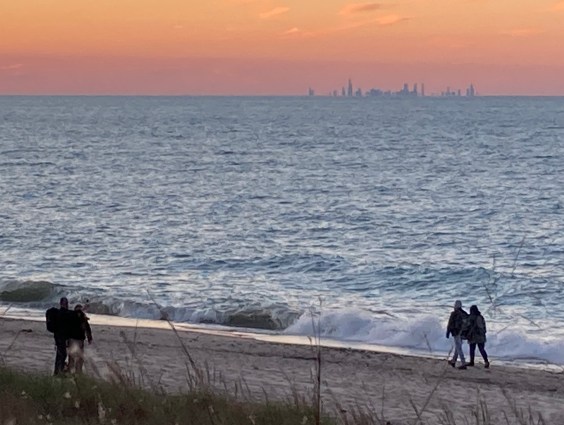
Transit ridership continued to climb in American cities last year, even as gas prices sank. The American Public Transit Association is out with new data on the number of transit trips in the United States -- 10.8 billion in 2014, the highest in 58 years.
Total transit trips were up about 1 percent compared to 2013, with significant variation between individual cities.
In Minneapolis, light rail trips grew 57 percent in 2014, reflecting the launch of the Green Line. Transit ridership grew 4 percent overall in the Twin Cities region.
Other cities that saw ridership growth include San Diego (8 percent over 2013), Baltimore (4 percent), Denver, (3 percent, Atlanta (2.5 percent), and Boston (just under 2 percent).
Meanwhile, transit trips in Detroit dropped 14 percent -- concerning, but not surprising given the ongoing dysfunction of regional transit service. In Los Angeles County, transit ridership decreased 2.8 percent. The Chicago Transit Authority saw a 4 percent increase in rail trips but an 8 percent drop in bus trips, for an overall decline of 2.8 percent.
APTA attributed ridership growth in Indianapolis, Denver, Salt Lake City, and Riverside, California, to service increases. In cities like Atlanta, San Francisco, and Seattle, APTA says the increasing number of transit trips probably had more to do with economic growth.
As interesting as it is to track fluctuations city by city, any change in the New York region, which accounts for about a quarter of all transit ridership in the country, will make a mark in the national numbers. Transit savant Yonah Freemark points out that growth in New York City subway ridership -- an additional 107 million subway trips in 2014 -- is slightly more than the total national increase of 101 million transit trips.
Looking at different modes, the biggest growth was in light rail ridership, which climbed about 4 percent nationally. Bus ridership was down 1 percent.
According to Freemark, growth in rail transit ridership is part of a long-standing trend. Rail now accounts for 46 percent of total boardings in the U.S., up from 35 percent in 1996.





